The Third Skin in the Third Millennium

Exterior building constructions made of textile are not an innovation. However, tents, umbrellas and the like things have been produced in a new quality recently. This fact becomes evident at the impressive exhibition “The Textile Architecture”, held at the State Museum of Textiles and Textile Industry, Augsburg.
The whole range of textile goods, varying from tents to the Allianz Arena of Munich, is currently exhibited at the State Museum of Textiles and Textile Industry, “TIM”, in Augsburg. Five basic types of textile architecture accompany us in the course of centuries and at the exhibition: roof, tent, umbrella, curtain and air bubble. A lot of modern buildings are constructed according to these principles today and are a connection link between the opposites such as statics and flexibility, duration and transience.
Thanks to textile elements, former rigid immovable walls have now acquired softness. New interior concepts are possible now, and therefore a new unknown feeling arises: variable, free, dynamic. Such architectural utopias, based on flexibility, correspond to “flexible people” of our time. Richard Sennett, an American sociologist, has described exactly them in his work, and we learn about them at the exhibition.
Design of the special exhibition formally derives from the new architectural possibilities. This means that all exhibition architecture consists of textile materials. The highlight of the exhibition is a walk-through air bubble. In addition, its visitors can experience unique acoustic, tactile and flexible properties of building textile materials at different interactive stations.
The exhibition entirely relies on sensual experience, which could be received thanks to the feelings, so, it also gives a touch on the field of interior design and is also an insight into the possibilities of modern textile technologies. In the future, we will more and more often see textile facades, solar batteries and semitransparent, transmitting light fiberglass fabrics, as in the “Arena da Amazônia” in Manaus, Brazil. Its low-emission coating reflects heat, thus causing an environmentally friendly cooling. Glass or carbon fibers in construction technology will give a completely new look and feel to buildings in the future, because more graceful designs are possible using them, than using classical steel reinforcement.
These new architectural genres suggest us to rethink the way and methods of using textiles in our everyday life in the future. Using thin, partially transparent walls for interior and exterior design makes it possible to have a closer contact with the surrounding world. Curtains, screens and canopies will perform an absolutely new role, they will make membranes that mediate between private and public. Fabrics will get a new social meaning. It will be interesting.
A varied accompanying program will complement the exhibition. A more detailed information, open hours and admission prices you can find at http://www.timbayern.de
Author : F.S.
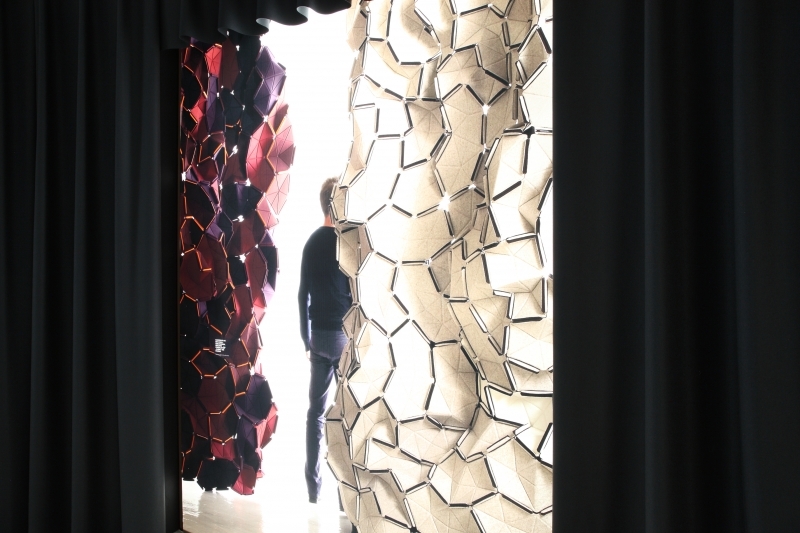
View of the exhibition, Clouds, the collaborated work of the textile company "Kvadrat" and Ronan and Erwan Bouroullec, © State Museum of Textiles and Textile Industry in Augsburg
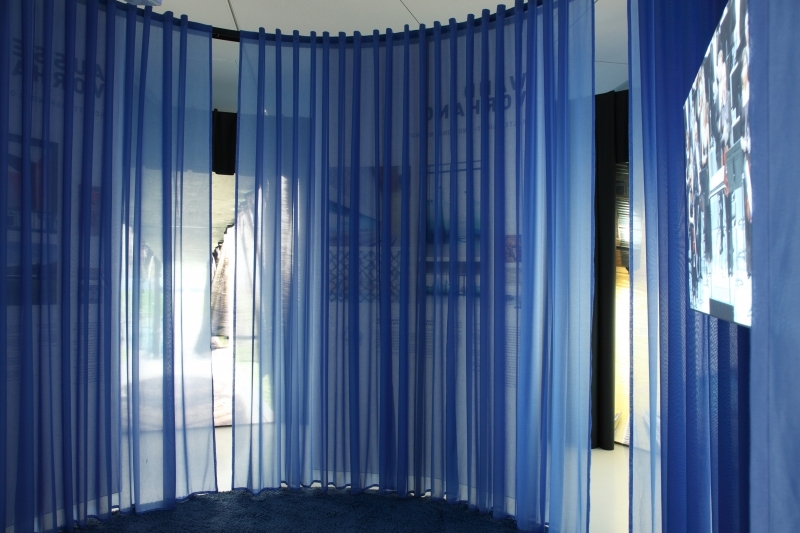
View of the exhibition, Curtains, an architecture design tool, © State Museum of Textiles and Textile Industry in Augsburg
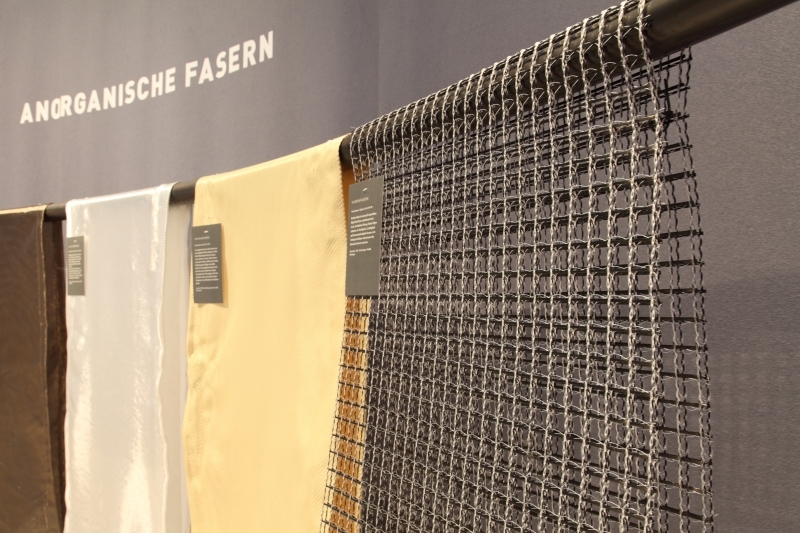
View of the exhibition: organic materials for building environmentally friendly buildings, © State Museum of Textiles and Textile Industry in Augsburg
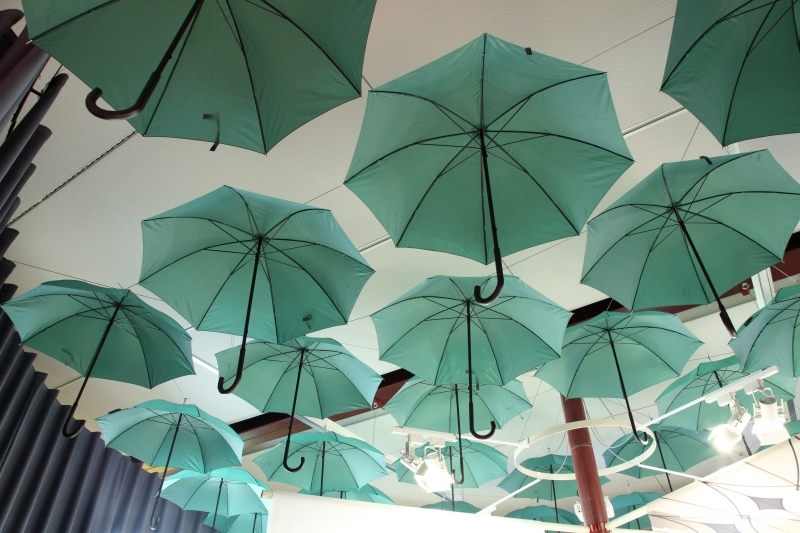
View of the exhibition: umbrellas serve as models for new architectural solutions, © State Museum of Textiles and Textile Industry in Augsburg
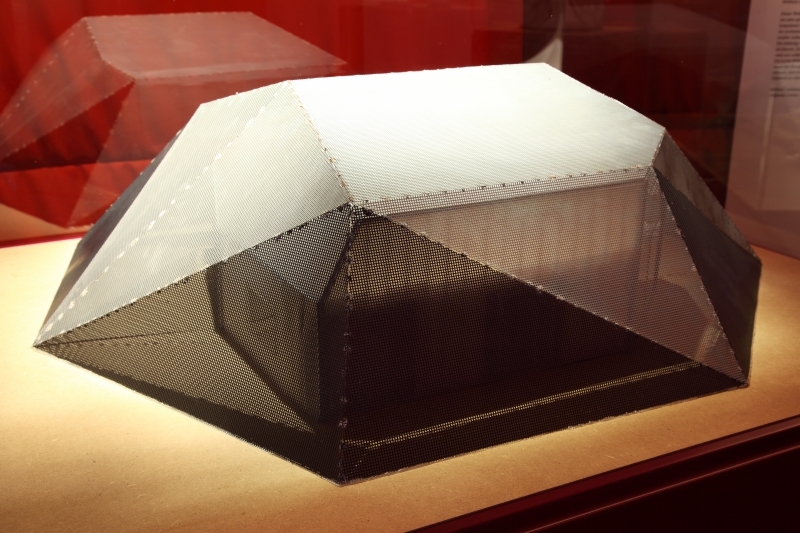
View of the exhibition: tent, the primary form of textile architecture, © State Museum of Textiles and Textile Industry in Augsburg
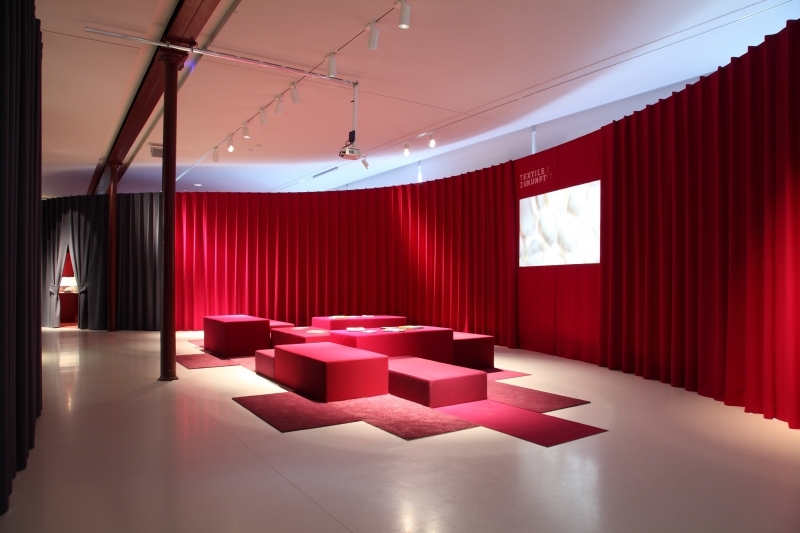
View of the exhibition, © State Museum of Textiles and Textile Industry in Augsburg
Based on the materials of http://www.i-teria.com
